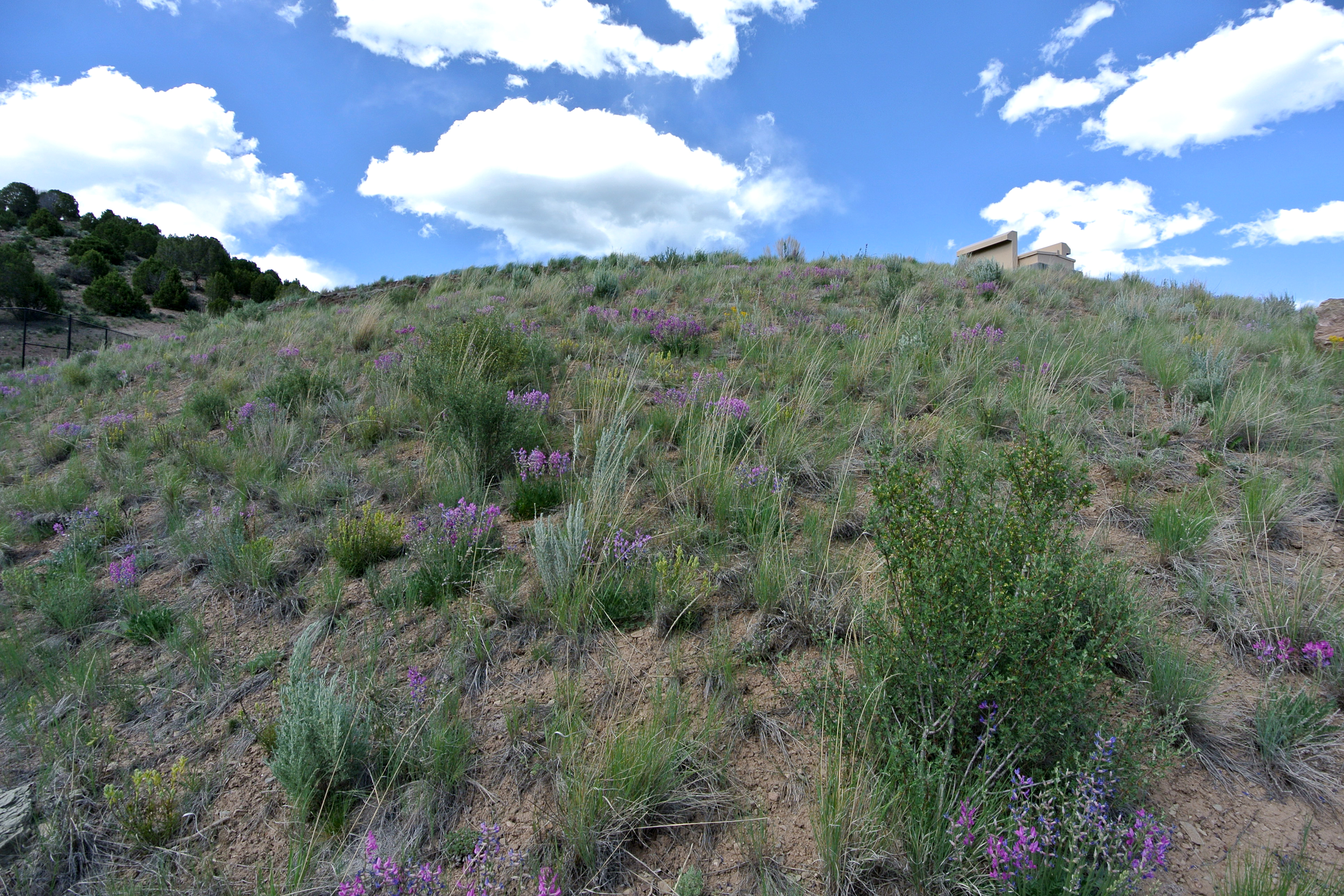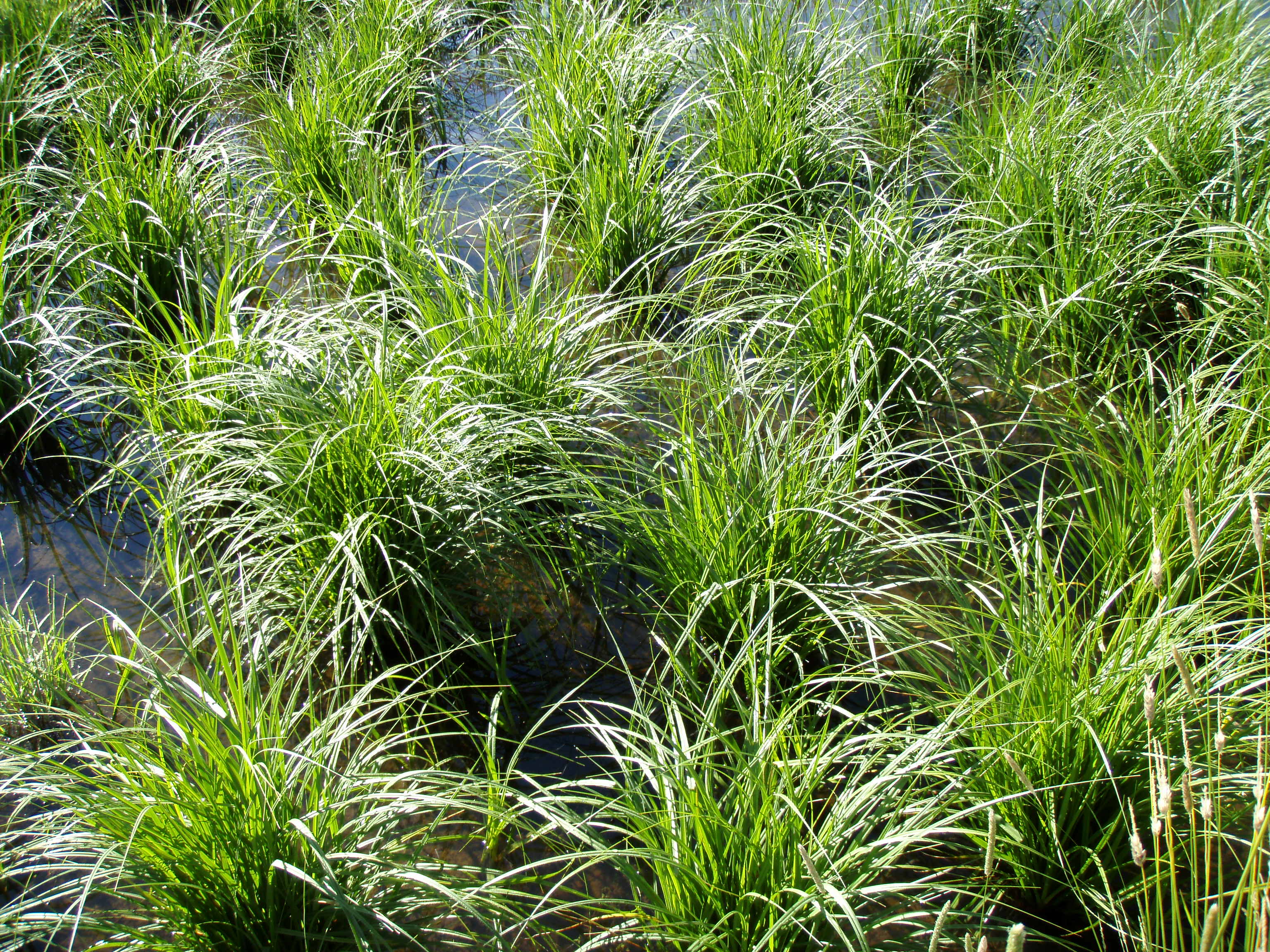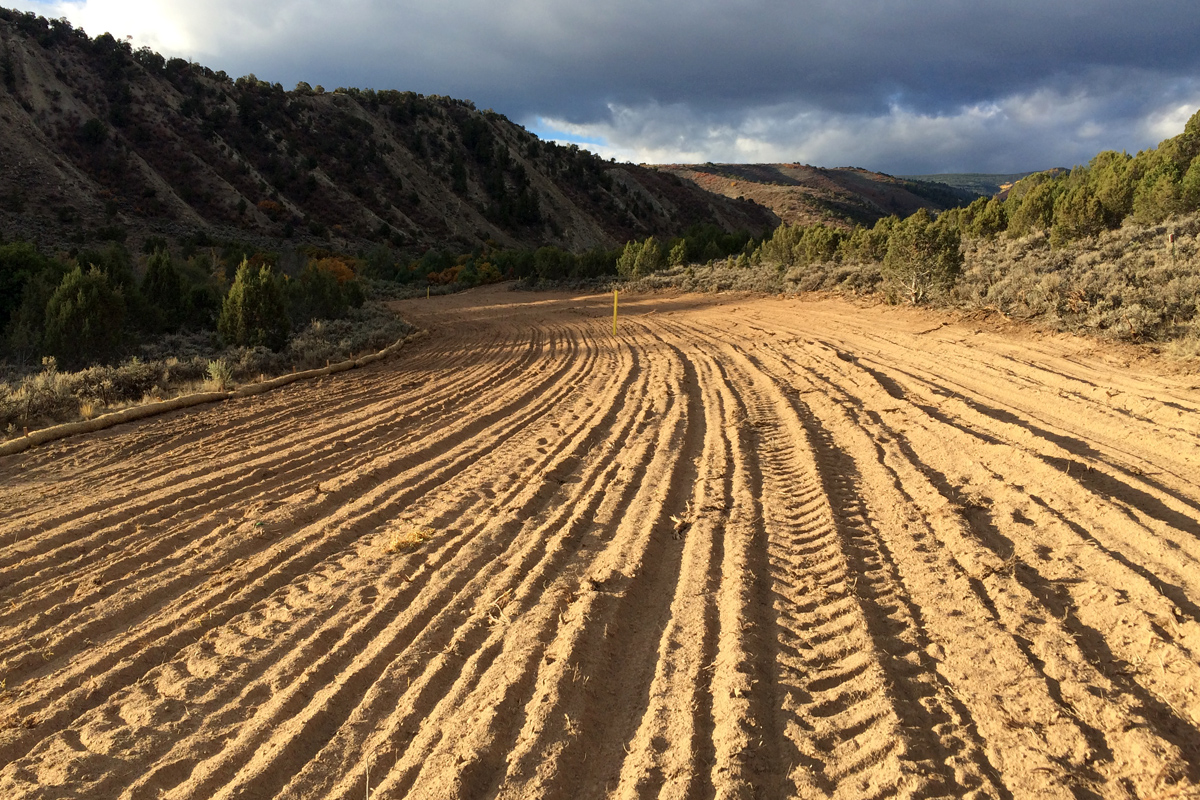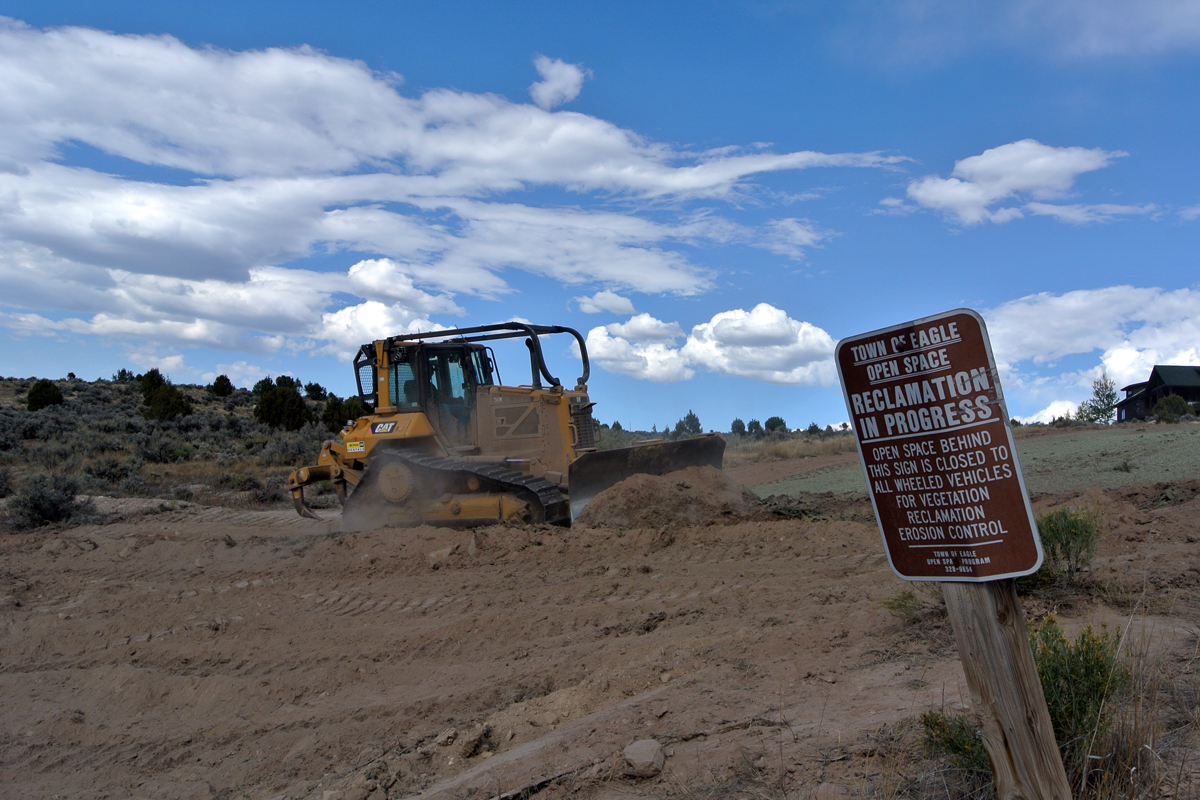The goal of ecological restoration is to assist in the recovery of ecosystems that have been damaged, degraded or destroyed. Across the west, communities and land managers are recognizing the importance of restoration projects for protecting the ecological functions and habitat value of natural areas and open spaces. Our ecologists are experienced restoration practitioners with a track record of successful projects who can help you to design and implement an effective ecological restoration plan.
 Bell’s Twinpod (Physaria bellii) habitat creation using weathered Niobrara shale in Loveland, Colorado.
Bell’s Twinpod (Physaria bellii) habitat creation using weathered Niobrara shale in Loveland, Colorado.






